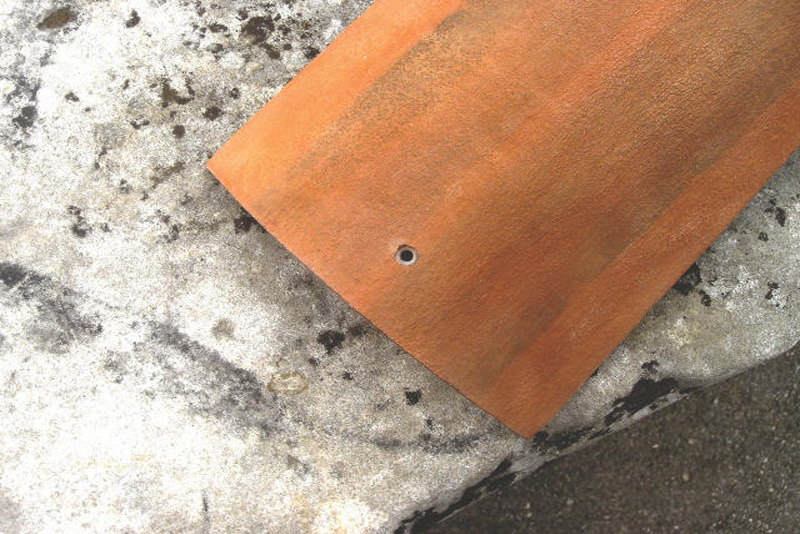Designed to help resemble a classic style of architecture, the panels are not only innovative but help potential new consumers of solar avoid slapping heaps of cumbersome panels on their residence. Made from non-toxic, recyclable materials, Dyaqua’s invention is so versatile they can be installed on a roof, as accents in a front yard, built into a breezeway, or installed as siding. Each piece’s top layer appears opaque to onlookers, yet solar rays still have the ability to seep through to the cleverly disguised photovoltaic cells underneath.
In 2009, a man by the name of Giovanni Quagliato set out to develop a revolutionary new solar panel product, leaning heavily on his extensive plastics and electrotechnology background. His initial idea was to manufacture a product capable of fitting on historic buildings located throughout Italy’s countryside. Not quite the typical recipient of modern day solar panels, Quagliato wanted to create something which did not alter a building’s natural appearance.
Aside from their aesthetic advantage, the company also says each of its unique panels boast extreme protection against impact or compression — hence the reason why it encourages people to install these where someone may walk each day. Save for someone dropping, say, a bowling ball on them, the panels should continue to function properly if stepped, driven, or jumped on.
However, like most great things, there is a catch. Despite how clever it is an innovation, Dyaqua’s panels are not quite as efficient as a standard solar array to the tune of just 25 percent as much energy production. Granted, these have the ability to be installed just about anywhere on a home — potentially dramatically increasing the production space — but a quarter of the return of a typical panel is certainly a large gap in efficiency.
As of publication, the campaign has yet to find any backers on Indiegogo though it is worth point out, Dyaqua recently launched the page. For around $100, it offers a wood, slate shingle, concrete brick, stone, or roof tile sample panel.
Editors' Recommendations
- Telescopes turn on Parker Solar Probe’s latest approach to the sun
- How much money can you save with solar panels?
- Wyze Lamp Socket turns any dumb light bulb into a smart one
- High temperatures and a diamond anvil could lead to a solar cell breakthrough
- An ultra-thin graphene layer could help protect next-gen solar panels






